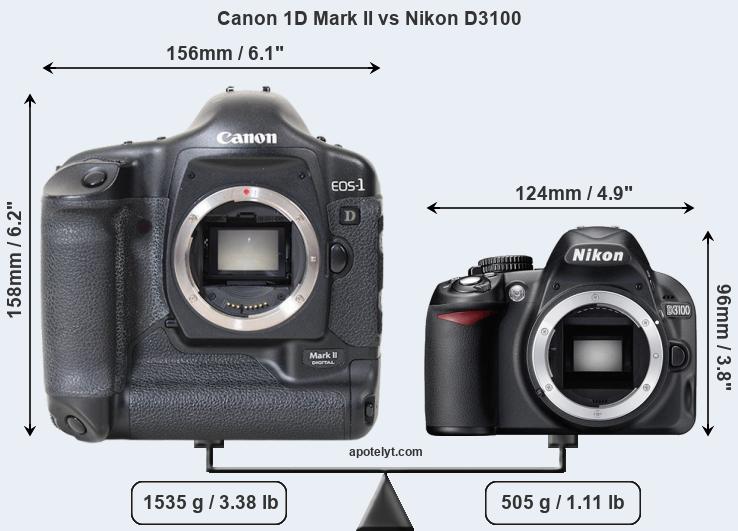how a camera worksIn our first lesson in Basics of Photography, we learned how a camera works, but there is much more to figuring out how it works. Before you decide to buy your camera, you need to understand what this means and how it affects your photos. I share some of the most common misconceptions about the camera and its features.
There are tons of camera parts that make sure it works properly and what the camera tells you to do. If you work with different techniques and learn to improve your photography by using a SLR or mobile phone camera, knowing the parts of a camera will help you understand how it works, and you will also learn other techniques how it works.
A standard compact camera (often referred to as a point-and-shoot camera) does just that, but it uses many tiny lenses and sensors to capture light from all angles in the scene. This is called plenoptical technology, and how it works in most cases is that the camera interpolates pixels and produces a hybrid image when zoomed in.
How this happens is mathematically quite simple, but it is enough to say that the photographer can control the focus by adjusting the distance between the lens and the sensor. Just like with exposure, you can let the camera do all the work for you when focusing. photography training can do most of this work with a built-in autofocus, and although phone cameras use this method of autofocus, the procedure is the same for every lens element that causes you to forget the focus.
The most important camera setting is the shutter speed, the speed at which the camera performs its task of taking a picture of light. Shutter speed is the way you capture the action in your images because it controls how long the light hits the sensor of your camera. Like the aperture, the shutter is one of two ways to control the amount of light entering the cameras.
Some cameras have fixed lenses built into the body of the camera, and most compact cameras have some kind of lens. You can change the lenses of your camera at any time of the day or night using a camera lens adapter or manual lens setting.
Some 3D cameras use two or more lenses to capture multiple viewing angles, while others use a single lens to change its position. Stereoscopic cameras contain more than one lens and their own image sensor frames, allowing users to capture images that are immediately rendered in 3D. Intel's RealSense device for 3-D cameras, for example, consists of an infrared camera that works with an IR laser projector to precisely measure "3D space."

A camera consists of a lens that focuses the light on a scene and a camera body that holds the image - the shooting mechanism. At the front of the camera there is an optical component that allows photographers to manipulate and focus the images.
The lens captures the light and directs it to the camera sensor, and if the shutter is not open, the light does not penetrate the sensor. Its task is to prevent the light that enters the camera from reaching and focusing the image sensor from the lens.
When the focal length of a interchangeable lens camera is changed, a digital zoom is created, but the camera does not remain perfectly still. This can increase the long exposure time to produce a blurred image, which is not a problem with a CG camera, but with a real pinhole camera.
To transform a camera obscura into a pinhole camera, you only have to put a piece of film in the face of the pinhole camera object. The focal length of a pinhole camera is the same as that of a interchangeable lens camera with a standard 35mm lens.
After the lens is illuminated, the light is transferred to the camera, where it is detected by the sensor on the film. The electrical part of a camera takes control, enlarges and shrinks the image, focuses it, prepares it for its sensor and absorbs light. ISO works with aperture and shutter speed, although it is not a mechanical component of the cameras, as it controls exposure of the captured images. It is then reflected through a prism on top of the camera and bent backwards through an optical viewfinder.
The image you see is exactly what the sensor is exposed to, and with a mirrorless camera you get that. Sensor size has a big impact when it comes to cameras with interchangeable lenses, including DSLRs, MILC, CSC and EVIL cameras, which are basically phones with multiple cameras that have one camera lens and focal length. If you look at the images of the cameras on display on a website like the GSM Arena, you will find that the compact SLR cameras often, but not always, have smaller sensors.
|
Article Directory /
Arts, Business, Computers, Finance, Games, Health, Home, Internet, News, Other, Reference, Shopping, Society, Sports
|